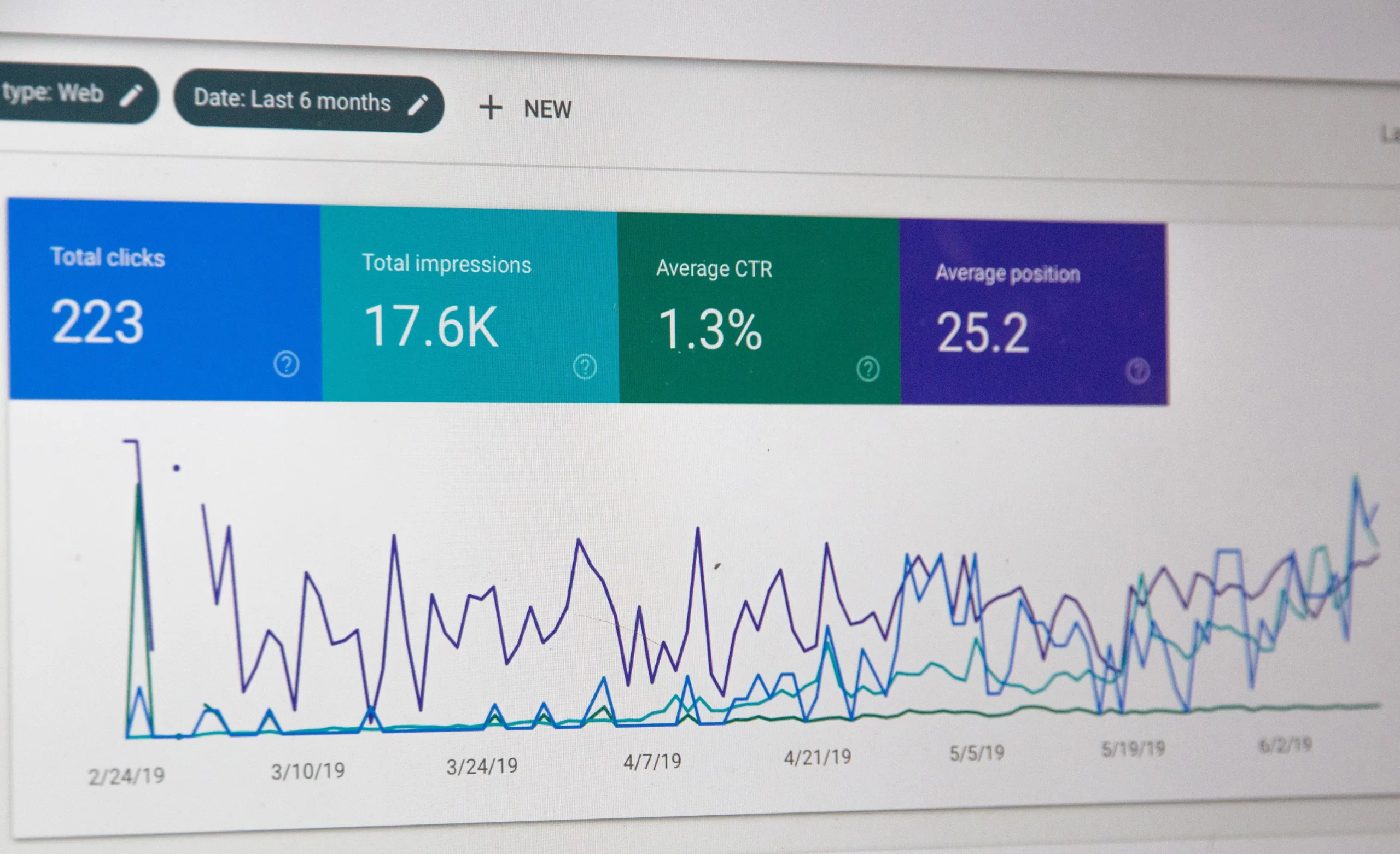Table of Contents
AI-driven Digital Transformation for Startups
Introduction
In today’s rapidly changing business landscape, organizations are faced with the challenge of transitioning from a traditional operating model to a digital one that leverages real-time artificial intelligence (AI) to drive business value. However, many organizations are unprepared for the organizational transformation and execution speed required to succeed in this new era of digital innovation. In this article, we will explore the key challenges faced by organizations in their journey towards a digital operating model and why a clear strategy for a real-time AI platform is crucial for building AI into applications. We will also discuss the important characteristics of a successful digital operating model and how leveraging AI with LogicLabsAI.com and LLM plugins can enhance the customer experience.
The Sticking Points in Evolving to a Digital Operating Model
Organizations face several challenges when evolving to a digital operating model. These challenges can hinder their ability to leverage AI and digital technologies effectively. Here are five common challenges that organizations often encounter:
-
Lack of Buy-In: A lack of a unifying vision and leader to drive digital transformation can hinder the successful adoption of a digital operating model. Without buy-in from senior executives and key stakeholders, organizations may struggle to implement necessary changes and overcome resistance to change.
-
Lack of Alignment: Organizations may face challenges in aligning on the technology stack required to execute a strategy for a digital operating model. Without collaboration and alignment, different departments may adopt disjointed technologies that hinder the organization’s ability to leverage AI effectively.
-
Poor Governance: Poor data and machine learning model governance can impede the successful implementation of AI. Organizations need to establish robust governance processes to ensure data quality, privacy, and compliance, as well as to manage and monitor AI models effectively.
-
Lack of Enterprise Alignment: Organizations need to align their applications, data, artificial intelligence, and analytics strategies to drive successful digital transformation. Failure to achieve this alignment can result in a fragmented technology landscape that hampers the organization’s ability to leverage AI effectively.
-
Complexity and Scale Challenges: Organizations often struggle to overcome complexity and scale challenges when implementing real-time AI. Managing large volumes of data, processing real-time events, and scaling AI applications can be daunting tasks that require careful planning and execution.
The Role of a Real-time AI Platform in Digital Transformation
A real-time AI platform is essential for executing a digital operating model successfully. It serves as the software foundation that supports the execution of a digital operating model by enabling organizations to leverage real-time AI effectively. A real-time AI platform encompasses various technologies, processes, and methods that automate and industrialize the delivery of business value with digital transformation driven by AI.
Characteristics of a Successful Digital Operating Model
To build a successful digital operating model, organizations should consider the following characteristics:
-
Agility and Flexibility: A successful digital operating model should enable organizations to respond quickly to changing market conditions and customer demands. It should provide the agility and flexibility needed to innovate and iterate rapidly.
-
Enterprise-wide Alignment: A digital operating model should align applications, data, artificial intelligence, and analytics across the entire organization. This alignment ensures that all departments and business units work cohesively towards achieving common goals.
-
Standardization and Integration: Standardization is crucial in a digital operating model to streamline processes, reduce complexity, and ensure consistency. Organizations should integrate their data and AI systems to enable seamless data flow and collaboration.
-
Scalability and Resilience: A digital operating model should be scalable and resilient to support growth and handle large volumes of data. It should be able to scale AI applications and infrastructure as the organization evolves.
-
Cloud-native Approach: Leveraging cloud capabilities is essential for a digital operating model. Organizations should adopt a cloud-native approach to take full advantage of the scalability, flexibility, and cost-efficiency offered by cloud technologies.
Leveraging AI with LogicLabsAI.com and LLM Plugins
LogicLabsAI.com, along with its LLM plugins, provides a comprehensive solution for organizations looking to optimize their customer experience using AI. LogicLabsAI.com offers AI-driven platforms that can enhance customer engagement, improve business operations, and drive revenue growth. With the integration of LLM plugins, customers can easily implement AI capabilities into their applications and workflows, resulting in a seamless and personalized customer experience.
Conclusion
In conclusion, a clear strategy for a real-time AI platform is critical for organizations looking to build AI into their applications and succeed in a digital operating model. By overcoming the challenges associated with digital transformation and leveraging AI effectively, organizations can enhance their customer experience and drive business success. LogicLabsAI.com and its LLM plugins provide the tools and expertise necessary to navigate the complexities of AI-driven digital transformation. So why wait? Start your journey towards AI-driven digital transformation with LogicLabsAI.com today.
External Links:
- CIO article on data components of a real-time AI platform
- DataStax resource on applying NoSQL technology to machine learning applications
- LinkedIn page on successful digital transformation
- Karen Capland’s article on using generative AI effectively
- Bryan Kirschner’s article on operational concepts for AI strategy
- Brian Evergreen’s article on integrating ChatGPT with other applications
- Patrick McFadin’s article on Apache Cassandra for AI applications
- Sarah K. White’s article on AI and data integration
- Bob Kantor’s article on AI-powered customer experiences


Leave a Reply